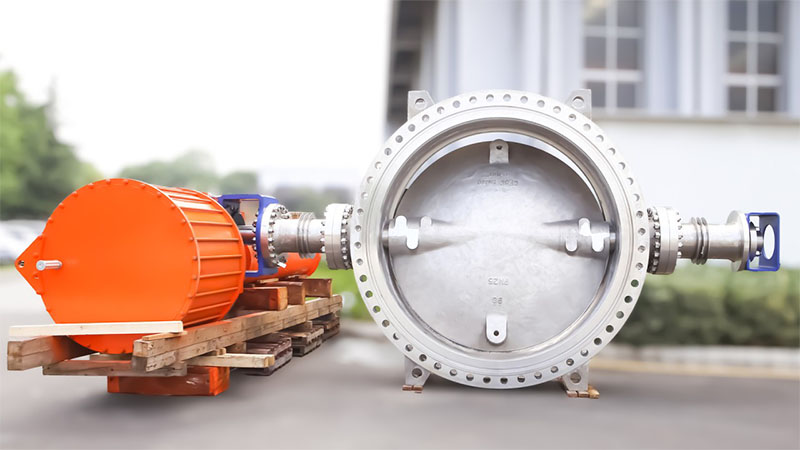How Digital Sales Boards Enable Faster and More Effective Sales Strategies
Digital sales boards have become a transformative tool for modern sales teams, allowing them to improve their strategies and accelerate performance. These boards, often interactive displays or software interfaces, provide real-time data and insights that empower sales professionals to make informed decisions quickly and efficiently. One of the most significant advantages of digital sales boards is their ability to provide up-to-the-minute updates on key metrics such as sales figures, conversion rates, leads, and customer interactions. This real-time visibility enables sales teams to track their progress toward goals and adapt their strategies as needed. For instance, if a particular sales tactic is not yielding the expected results, the team can immediately recognize the issue and pivot their approach before any substantial losses occur. The speed with which this feedback is delivered accelerates the process of refinement and improvement, making the sales strategy more responsive and effective. Additionally, digital sales boards can display a variety of customizable data, such as performance comparisons, historical trends, and regional breakdowns, which allow sales teams to better understand the factors influencing their performance.
Having a comprehensive view of performance enables sales leaders to identify patterns and weaknesses that might otherwise go unnoticed. For example, they might discover that certain product lines perform better in specific regions or that particular types of customers are more likely to convert at certain times of the year. Armed with these insights, sales strategies can be adjusted with precision, making them more relevant and targeted. Another benefit is the enhanced collaboration and motivation Digital Sales Board foster. Sales teams can be dispersed across different locations, but the boards bring them together by visualizing progress collectively. By showing individual and team achievements, digital sales boards create a sense of accountability, transparency, and healthy competition. When team members see real-time updates on their performance relative to their peers, they are often motivated to push harder to meet or exceed their targets. It also promotes a sense of teamwork, as members can collaborate based on shared data rather than working in silos. This collective focus leads to more efficient problem-solving and strategy development, which ultimately enhances the sales process.
Furthermore, digital sales boards are highly customizable, allowing businesses to tailor them to their specific needs. Whether it is integrating with CRM systems, marketing automation tools, or ERP software, digital sales boards provide a centralized platform for all relevant sales data. This integration eliminates the need for separate spreadsheets, emails, or meetings to gather information, making data accessible to everyone in real time. This streamlined process reduces administrative overhead and ensures that sales teams spend more time engaging with customers and closing deals. In addition to improving internal processes, digital sales boards also enhance customer engagement. By using analytics from the boards, sales teams can better understand customer behavior and tailor their outreach efforts accordingly. The ability to access detailed insights into customer preferences and purchasing history allows for more personalized communication, which can increase conversion rates and customer loyalty. Sales teams are better equipped to target the right prospects with the right message at the right time, significantly improving the chances of success.

 Demolition is a process that involves the removal of the structure. Demolition can be performed either fully or partially and is an essential part of any construction project. It’s typically performed by skilled professionals who use specialized machinery. It is essential to select an organization that adheres to strict safety guidelines and abides by environmental laws. It’s also crucial to look into the company’s reputation and reviews.
Demolition is a process that involves the removal of the structure. Demolition can be performed either fully or partially and is an essential part of any construction project. It’s typically performed by skilled professionals who use specialized machinery. It is essential to select an organization that adheres to strict safety guidelines and abides by environmental laws. It’s also crucial to look into the company’s reputation and reviews.